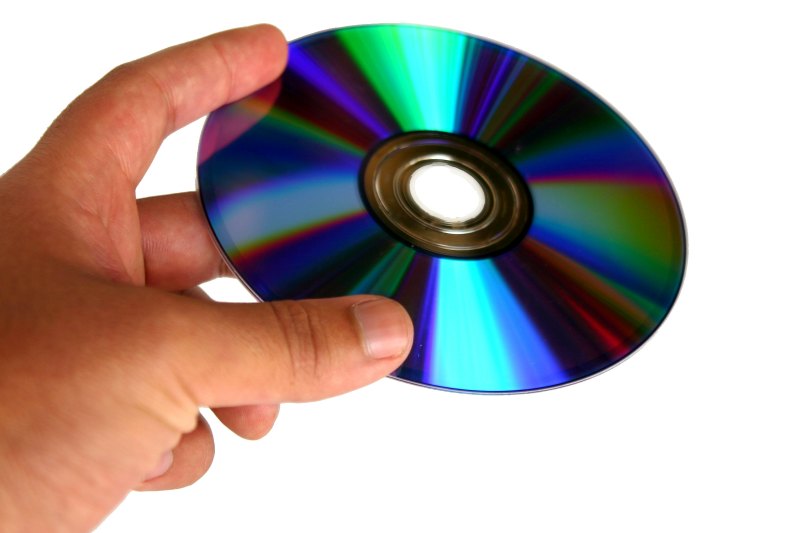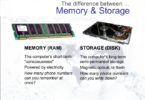Optical Disk vs CD
Summary: Difference Between Optical Disk and CD is that an optical disc is a type of optical storage media that consists of a flat, round, portable disc made of metal, plastic, and lacquer. These discs usually are 4.75 inches in diameter and less than one-twentieth of an inch thick. While a CD or also known as COMPACT DISC is small and portable round medium disc made of Molded Polymer used for storing data or information electronically.

Optical Disk
An optical disc is a type of optical storage media that consists of a flat, round, portable disc made of metal, plastic, and lacquer. These discs usually are 4.75 inches in diameter and less than one-twentieth of an inch thick. Optical discs primarily store software, data, digital photos, movies, and music. Some optical disc formats are read only, meaning users cannot write (save) on the media. Others are read/write, which allows users to save on the disc just as they save on a hard disk.
Nearly every personal computer today includes some type of optical disc drive installed in a drive bay. On some, you push a button to slide out a tray, insert the disc, and then push the same button to close the tray; others are slot loaded, which means you insert the disc in a narrow opening on the drive.
With some discs, you can read and/or write on one side only. Manufacturers usually place a silk-screened label on the top layer of these single-sided discs. You insert a single-sided disc in the drive with the label side up. Other discs are double-sided. Simply remove the disc from the drive, flip it over, and reinsert it in the drive to use the other side of the disc. Double-sided discs often have no label; instead, each side of the disc is identified with small writing around the center of the disc. Some drives use LightScribe technology, which works with specially coated optical discs, to etch labels directly on the disc (as opposed to placing an adhesive label on the disc).
Optical discs store items by using microscopic pits (indentations) and lands (flat areas) that are in the middle layer of the disc. A high-powered laser light creates the pits. A lower-powered laser light reads items from the disc by reflecting light through the bottom of the disc. The reflected light is converted into a series of bits the computer can process. Manufacturers claim that a properly cared for high-quality optical disc will last 5 years but could last up to 100 years.
CD
A CD or also known as COMPACT DISC is small and portable round medium disc made of Molded Polymer used for storing data or information electronically. The Size of Compact Disc is closed to Floppy disk, but you can store audio files, pictures, videos, text and other data too in CD electronically. You can also save other information as well in Digital Form. Tape Cartridges have been replaced by CDs because now people keep CD to play music at home instead of tape cartridges. Initially CDs were only Read-Only type, user can’t write the data on it but can read the Data saved in CDs. But now, users can record data in CD’s too. The process of writing data electronically can only be done by CD-R or CD-RW.
A CD-ROM, or compact disc read-only memory, is a type of optical disc that users can read but not write (record) or erase — hence, the name read-only. Manufacturers write the contents of standard CD-ROMs. A standard CD-ROM is called a single-session disc because manufacturers write all items on the disc at one time. Software manufacturers often distribute programs using CD-ROMs. A typical CD-ROM holds from 650 MB to 1 GB of data, instructions, and information. To read a CD-ROM, insert the disc in a CD-ROM drive or a CD-ROM player. Because audio CDs and CD-ROMs use the same laser technology, you may be able to use a CD-ROM drive to listen to an audio CD while using the computer.
Many people use archive discs or Picture CDs to preserve their photos. When you post and share photos online on a photo sharing community, you can choose to save your collection of online photos on an archive disc, which stores photos in the jpg file format. The cost of archive discs is determined by the number of photos being stored. One service, for example, charges $9.99 for the first hundred pictures.
Also Read:
Difference Between CDR and CDRW
Difference Between Recordable and Rewritable DVDs
Difference Between DVD-R and CD-R
Difference Between Optical Disk and Hard Disk







Leave a Comment
You must be logged in to post a comment.